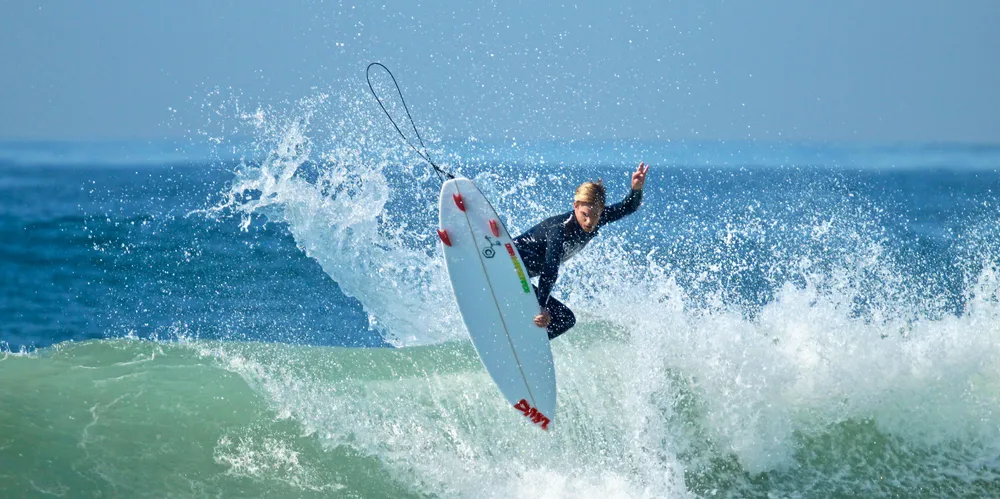California furthers floating commitment by joining Global Offshore Wind Alliance
Golden State's move at COP28 highlights 25GW by 2045 ambition but rollout will face port, supply chain, and transmission capacity hurdles

California reaffirmed its commitment to building 25GW of floating wind power by 2045 by joining the Global Offshore Wind Alliance (GOWA), a multinational effort to bolster offshore wind development, at COP28 in Dubai Tuesday.
GOWA was founded at last year’s United Nations Climate Change Conference, COP 27, by Denmark, the International Renewable Energy Agency (Irena), and the Global Wind Energy Council (GWEC), to drive 380GW of sector development by 2030.
“California is proud to partner with other national and subnational governments around the world to bring clean offshore wind power into the mainstream and achieve 2,000GW worth of capacity by 2050,” said California Energy Commission (CEC) chair David Hochschild.
Floating wind “offers tremendous benefits both to our grid and to our economy,” he added.
CEC is the agency charged with managing floating wind development in the state.
California is spearheading floating wind in the US with five federal leases in deep waters off its central and northern coastlines with an estimated 7GW of capacity.
The Golden State recently passed legislation designating a single procurement agency for large-scale renewable energy, setting a route-to-market that developers said was crucial for the state to realise its goals of 2-5GW by 2030 and its larger mid-century target.
Joining GOWA “underscores California’s determination to go big on offshore wind to help meet its ambitious climate, clean-energy, and grid-reliability goals, as well as generate new jobs and green growth,” said Adam Stern, executive director of Offshore Wind California, a trade group of offshore wind developers and technology companies.
Floating wind forms a key component of the state's plans for a diverse energy portfolio to achieve 100% clean electricity by 2045.
These goals are challenged by technical hurdles presented by California’s extreme water depths and tall waves, along with its lack of port or supply chain capacity.
Despite the lengthy Pacific coastline, the US West Coast lacks significant deepwater ports of the scale needed for the floating wind sector.
The port is more than 446km from the closest leases at Morro Bay, though, which will add significantly to development costs.
Transmission is a major bottleneck in the state’s largely rural north, but less so for the Central Coast where decommissioning of several natural gas power plants will open up power line capacity.
(Copyright)